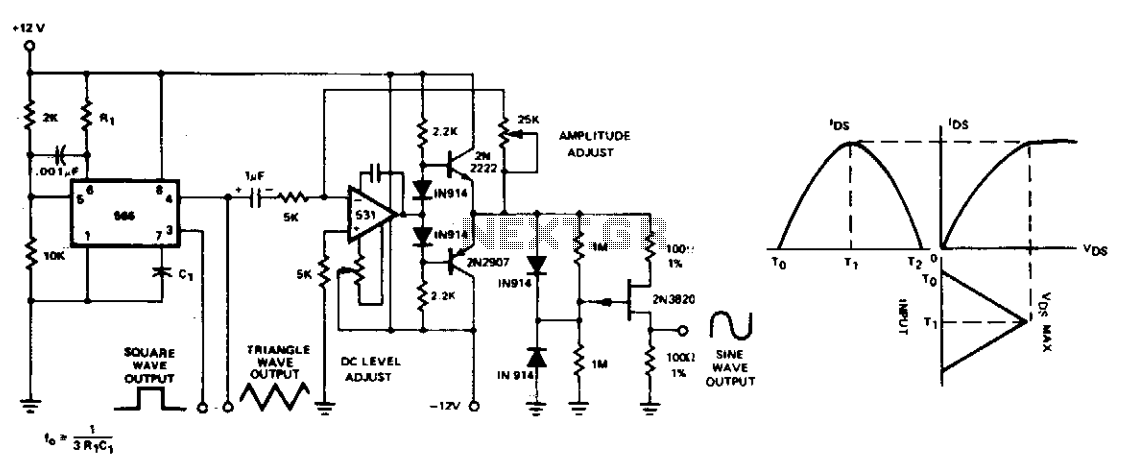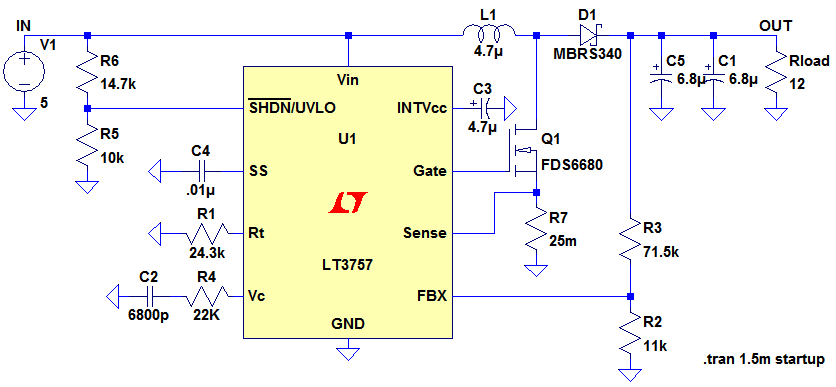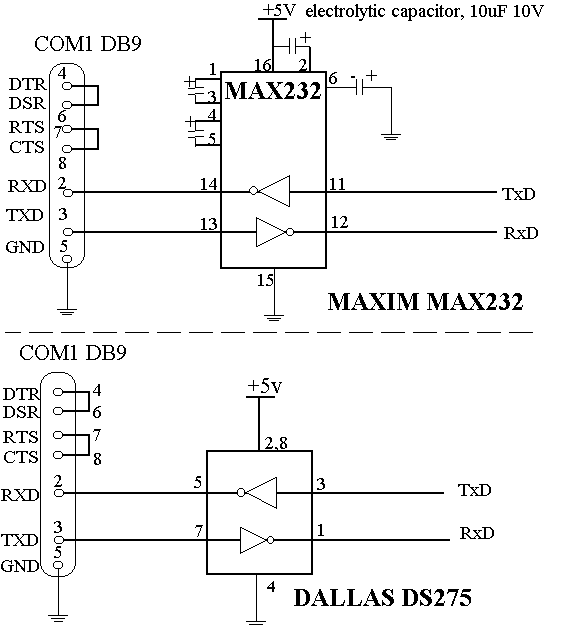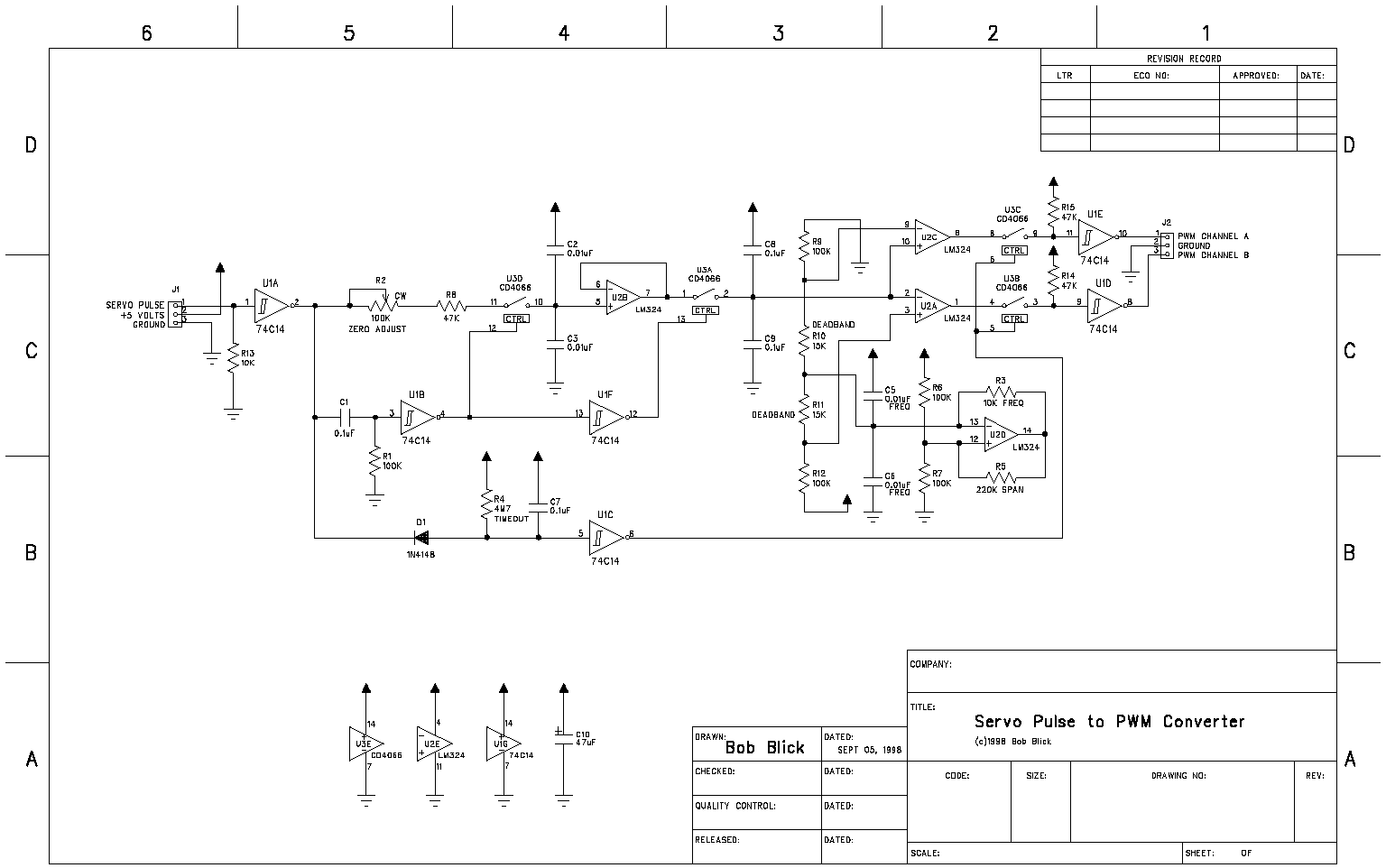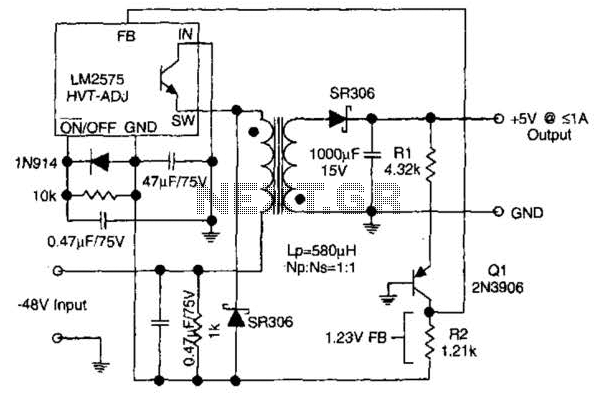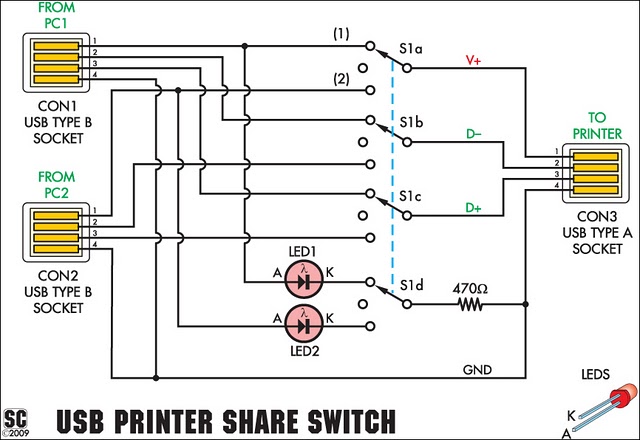
Pic-plot2: a GPIB to USB converter
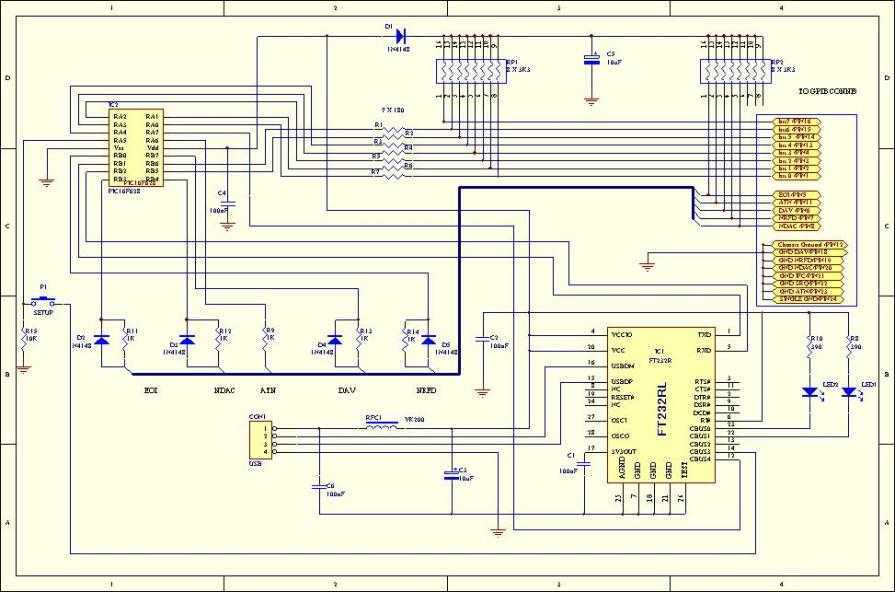
This adaptor will capture plots or prints of your GPIB instrument to your PC through the USB port. It fills the need of anybody who has a test instrument with the GPIB port and likes to get the screen dump on his PC without any GPIB card or complex software. USB Self-powered from host PC. More: For those who have a laptop PC, the new Pic-plot2 comes handy: it emulates the HP7470A operation on the GPIB side, and outputs the HP-GL data at the USB port to be read and stored by any suitable software. It is self-powered from the host PC, so no DC adapter is required.
The described adapter serves as a bridge between test instruments equipped with a General Purpose Interface Bus (GPIB) port and personal computers via a USB connection. This device is particularly beneficial for users who require a straightforward method to capture graphical data or printouts from their GPIB-compatible instruments without the need for additional hardware, such as a dedicated GPIB card, or complex software installations.
The operation of the adapter is based on the emulation of the HP7470A plotter, which is a widely recognized standard in the field. On the GPIB side, the adapter interprets commands and data sent from the connected instrument, converting them into HP Graphics Language (HP-GL) format. This format is then transmitted through the USB port to the host PC, where it can be processed by compatible software applications.
This device is designed to be self-powered, drawing its necessary power directly from the USB port of the host PC. This eliminates the need for an external power supply, such as a DC adapter, making it a portable and convenient solution for users, particularly those utilizing laptops. The simplicity of the design ensures that users can easily capture and store data without extensive setup or configuration.
Overall, the adapter provides a practical solution for engineers and technicians who need to efficiently transfer graphical data from GPIB instruments to PCs, enhancing productivity and facilitating data analysis.This adaptor will capture plots or prints of your GPIB instrument to your PC through the USB port. It fills the need of anybody who has a test instrument with the GPIB port and likes to get the screen dump on his PC without any GPIB card or complex software. USB Self-powered from host PC. For those who have a laptop PC, the new Pic-plot2 comes handy: it emulates the HP7470A operation on the GPIB side, and outputs the HP-GL data at the USB port to be read and stored by any suitable software. It is self-powered from the host PC, so no DC ada 🔗 External reference
The described adapter serves as a bridge between test instruments equipped with a General Purpose Interface Bus (GPIB) port and personal computers via a USB connection. This device is particularly beneficial for users who require a straightforward method to capture graphical data or printouts from their GPIB-compatible instruments without the need for additional hardware, such as a dedicated GPIB card, or complex software installations.
The operation of the adapter is based on the emulation of the HP7470A plotter, which is a widely recognized standard in the field. On the GPIB side, the adapter interprets commands and data sent from the connected instrument, converting them into HP Graphics Language (HP-GL) format. This format is then transmitted through the USB port to the host PC, where it can be processed by compatible software applications.
This device is designed to be self-powered, drawing its necessary power directly from the USB port of the host PC. This eliminates the need for an external power supply, such as a DC adapter, making it a portable and convenient solution for users, particularly those utilizing laptops. The simplicity of the design ensures that users can easily capture and store data without extensive setup or configuration.
Overall, the adapter provides a practical solution for engineers and technicians who need to efficiently transfer graphical data from GPIB instruments to PCs, enhancing productivity and facilitating data analysis.This adaptor will capture plots or prints of your GPIB instrument to your PC through the USB port. It fills the need of anybody who has a test instrument with the GPIB port and likes to get the screen dump on his PC without any GPIB card or complex software. USB Self-powered from host PC. For those who have a laptop PC, the new Pic-plot2 comes handy: it emulates the HP7470A operation on the GPIB side, and outputs the HP-GL data at the USB port to be read and stored by any suitable software. It is self-powered from the host PC, so no DC ada 🔗 External reference
